
As Ghana faces yet another economic crisis, it’s crucial to revisit the leadership and policies that once set the country on a path to prosperity.
The John Dramani Mahama-led National Democratic Congress (NDC) government, between 2012 and 2016, laid a solid foundation for Ghana’s transformation, driving advancements in digital infrastructure, industrialization, energy, education, and health.
Through carefully planned investments and initiatives, the Mahama government sought to move the nation away from reliance on imports and external financing toward self-reliance and sustainable growth.
However, upon taking office in 2017, the New Patriotic Party (NPP) under President Nana Akufo-Addo and Dr. Bawumia led government inherited this blueprint for progress and growth. What should have been a continuation of Mahama’s ambitious reforms has instead been marked by mismanagement, missed opportunities, and policy reversals.
The achievements and legacy handed over to the NPP were more than just statistics; they were meant to be the building blocks of a modern Ghana, ready to compete in a fast-changing global economy.
In Part 1, we explored how the NPP’s failure to build on Mahama’s achievements resulted in a reversal of economic progress. Despite inheriting a clear roadmap, the current government squandered opportunities, leading to a more fragile economy burdened with debt, inflation, and poor management.
We highlighted how key reforms in education, energy, and industrialization were undermined, leaving Ghanaians struggling to realize the benefits of the investments made under Mahama.
The monumental projects that Mahama initiated were set to change the lives of millions of Ghanaians, creating jobs, boosting local industries, and fostering economic growth. Let’s explore how some of these key initiatives, had they been sustained, could have put Ghana on a trajectory towards prosperity and self-reliance.
Digital Infrastructure: A foundation for the future economy
Mahama’s administration made pioneering investments in digital infrastructure, which would have positioned Ghana as a regional leader in the digital economy. Key among these was the 1000-kilometre Eastern Corridor Fibre Optic Cable from Tema to Bawku, connecting 120 communities.
This was coupled with the 300-kilometre Accra-Tema Metro Fibre and the establishment of the 3-tier Data Centre, all designed to enhance connectivity and digital services across the country.
These projects were complemented by the creation of the 10,000-worker capacity Accra Digital Centre, which had the potential to generate thousands of jobs for young people, fostering innovation, entrepreneurship, and tech start-ups. Mahama also delivered Ghana’s first Digital Terrestrial Television (DTT) infrastructure, paving the way for the expansion of digital media and communication services.
The NPP government’s failure to fully capitalize on these transformative investments has been a missed opportunity.
Rather than building on Mahama’s vision of a digitally inclusive Ghana, the country has seen slow progress in expanding digital services, developing tech hubs, and creating job opportunities in the digital economy.
If properly managed, these investments could have empowered Ghanaian entrepreneurs, bridged the digital divide, and positioned the country as a competitive force in the global tech ecosystem. Instead, the lack of continuity in digital strategy has hindered growth in this critical sector, leaving many Ghanaians disconnected from the opportunities of the digital age.
Water Infrastructure: Improving lives, enhancing productivity
Access to clean water is fundamental to improving quality of life and economic productivity. Mahama’s administration significantly expanded national water coverage from 56% to 76%, delivering clean water to over 7 million Ghanaians through major water projects.
These included the Kpong Water Project, the Accra Desalination Project, and regional initiatives such as the Akim-Oda-Akwatia-Winneba Water Project and the Wa Water Project. These developments were critical in addressing water scarcity issues and ensuring that more communities had reliable access to potable water.
By boosting water production capacity by an additional 110 million gallons per day, Mahama’s government laid the groundwork for better health outcomes, improved agricultural productivity, and industrial development. Yet, under the NPP, water infrastructure has not seen the same level of prioritization or further expansion.
The failure to maintain and expand water projects has left many communities facing inconsistent water supply, which has affected public health, agriculture, and overall productivity. Ghanaians are still grappling with water-related challenges that could have been fully addressed had the NPP government built on Mahama’s achievements.
Industrialization: Factories, jobs, and economic growth
Mahama’s vision for Ghana was deeply rooted in industrialization and local production, which were seen as the key drivers of economic independence and job creation. During his tenure, the government established key factories such as the Komenda Sugar Factory, the Elmina Fish Processing Plant, the Buipe Shea Factory, and the revitalized Kumasi Shoe Factory.
Additionally, over 150 factories were set up under the Free Zones and Export Development and Agricultural Investment Fund (EDAIF) programs, aimed at increasing Ghana’s export capacity and creating thousands of jobs.
These factories were designed to boost local manufacturing, reduce reliance on imports, and generate foreign exchange. Unfortunately, the NPP failed to sustain these factories, and many have fallen into disrepair or have been shut down due to mismanagement and lack of funding. Had these factories been nurtured, Ghana could have become a manufacturing hub, reducing its dependence on imports and creating sustainable jobs for the youth.
Moreover, Mahama’s modernization of existing markets, including the Kejetia Market and the Kotokuraba Market, were meant to enhance trade and commerce by providing modern facilities for local traders. These investments would have strengthened the informal sector and supported the livelihoods of millions of Ghanaians. However, the NPP’s inaction in further developing and maintaining these markets has stifled the potential for local trade to thrive.
Energy Security: The end of “dumsor” and beyond
One of the most notable achievements of the Mahama government was its massive investment in energy to resolve the crippling power crisis, commonly referred to as “dumsor.”
Through the fastest and largest mobilization of power generation in Ghana’s history, Mahama’s administration introduced measures that not only ended the persistent power outages but also expanded electricity coverage from 60.5% to 83.2%, the highest in West Africa.
To address Ghana’s growing energy needs, Mahama’s government built Ghana’s first-ever Gas Processing Plant at Atuabo, reducing the nation’s reliance on imported fuel by $300 million annually. This project had the potential to stabilize the national grid, reduce pressure on the cedi, and lower the cost of electricity for Ghanaians.
In contrast, the NPP government’s inability to sustain these gains has led to increased energy costs, power instability, and inefficiencies in the energy sector. Mahama’s vision of a self-reliant, energy-secure Ghana could have been achieved if the NPP had focused on further investment in renewable energy, maintenance of existing infrastructure, and strategic management of the gas sector. Instead, power tariffs have risen, and the energy sector continues to face challenges that undermine both household and industrial productivity.
Educational Reforms: Laying the foundation for a skilled workforce
Mahama’s government made significant strides in educational reforms, particularly in the area of basic education. His administration eliminated the shift system in public basic schools, removed over 2,000 schools under trees, reduced teacher absenteeism from 27% to 7%, and improved the textbook-to-pupil ratio to 1:4. Mahama’s policies also included the distribution of free uniforms, exercise books, sandals, and sanitary pads, which alleviated the financial burden on many families and improved school attendance rates.
Additionally, Mahama’s focus on digital education through the provision of free laptops to teachers was an important step in modernizing education. The country’s best BECE performance in 2015 and the all-time best WASSCE performance for four consecutive years underlined the success of these interventions.
Had these educational initiatives been sustained, Ghana could have developed a more skilled and tech-savvy workforce, capable of driving the country’s digital and industrial transformation. Unfortunately, under the NPP, many of these gains have been eroded, with public education struggling under budget cuts and poorly managed programs. Ghanaians are still waiting for the promised improvements in education that would equip the youth with the skills necessary to compete in a global economy.
Conclusion
The NPP government inherited an economy rich with potential, fuelled by Mahama’s forward-thinking investments in digital infrastructure, industrialization, energy, water projects, and education.
These initiatives had the power to transform Ghana into a modern, self-sustaining nation, providing jobs, improving quality of life, and fostering economic growth. However, the mismanagement and corruption that followed have left the country struggling to realize this potential.
Mahama’s legacy offers a blueprint for sustainable development that could have changed the lives of millions of Ghanaians for the better.
As we head into the 2024 elections, it is clear that a return to this visionary leadership is crucial if Ghana is to overcome the economic and social challenges that have plagued the nation under the NPP government.
John Dramani Mahama represents the hope for a better future, where the gains of the past are preserved and built upon for the prosperity of all Ghanaians.
The post Manifesto Digest with Korsi DZOKOTO: What John Mahama left in 2016 (2) appeared first on The Business & Financial Times.
Read Full Story
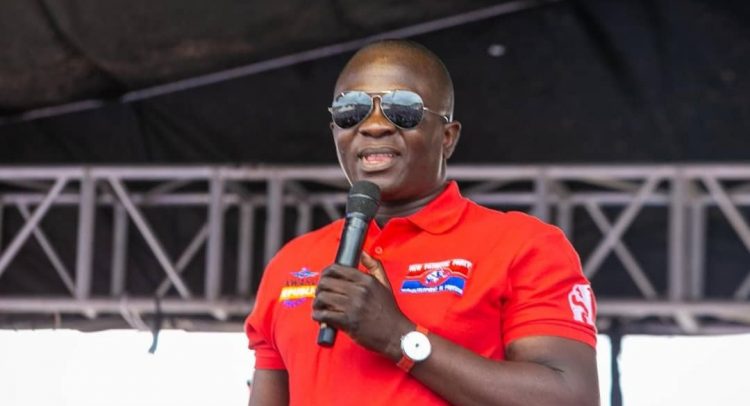
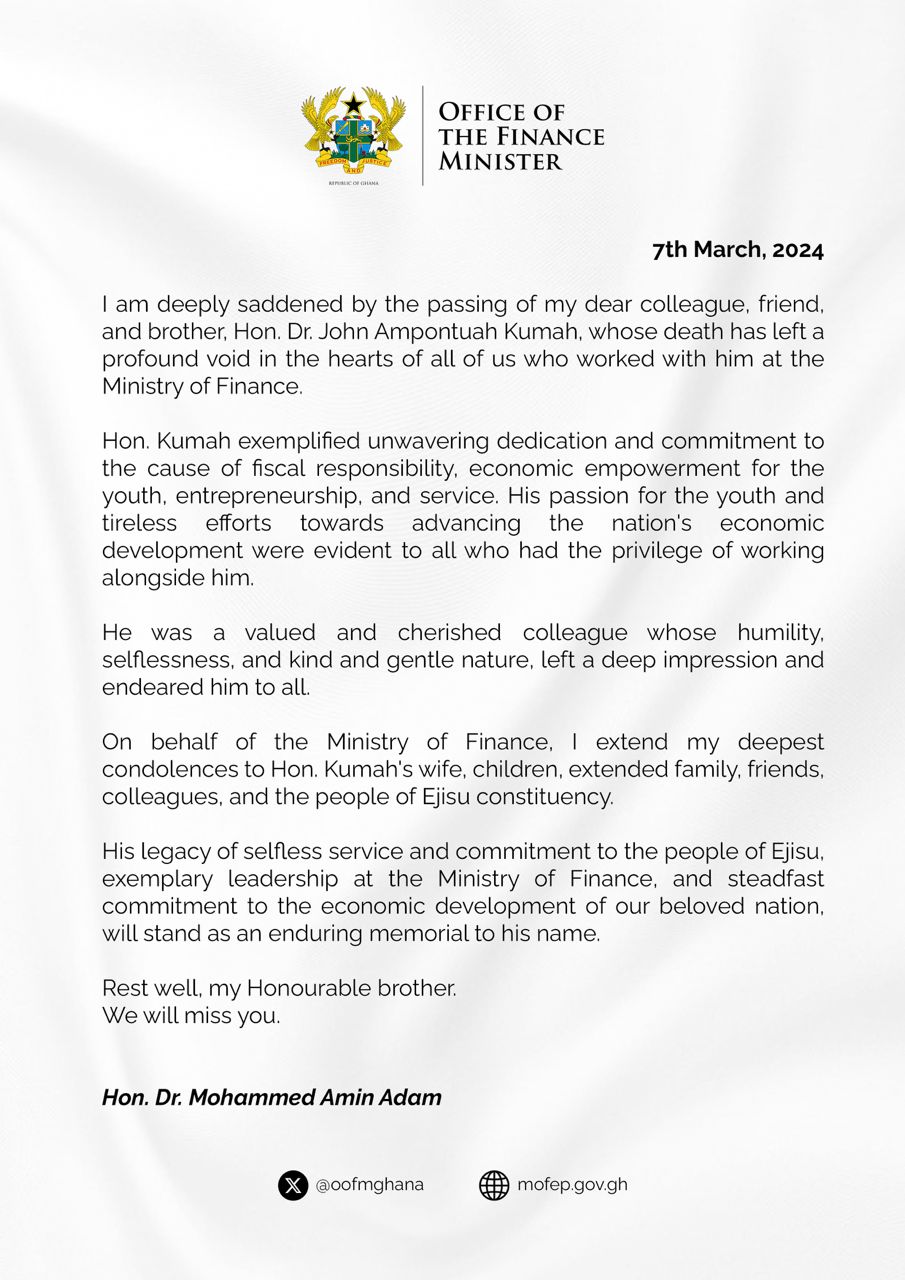






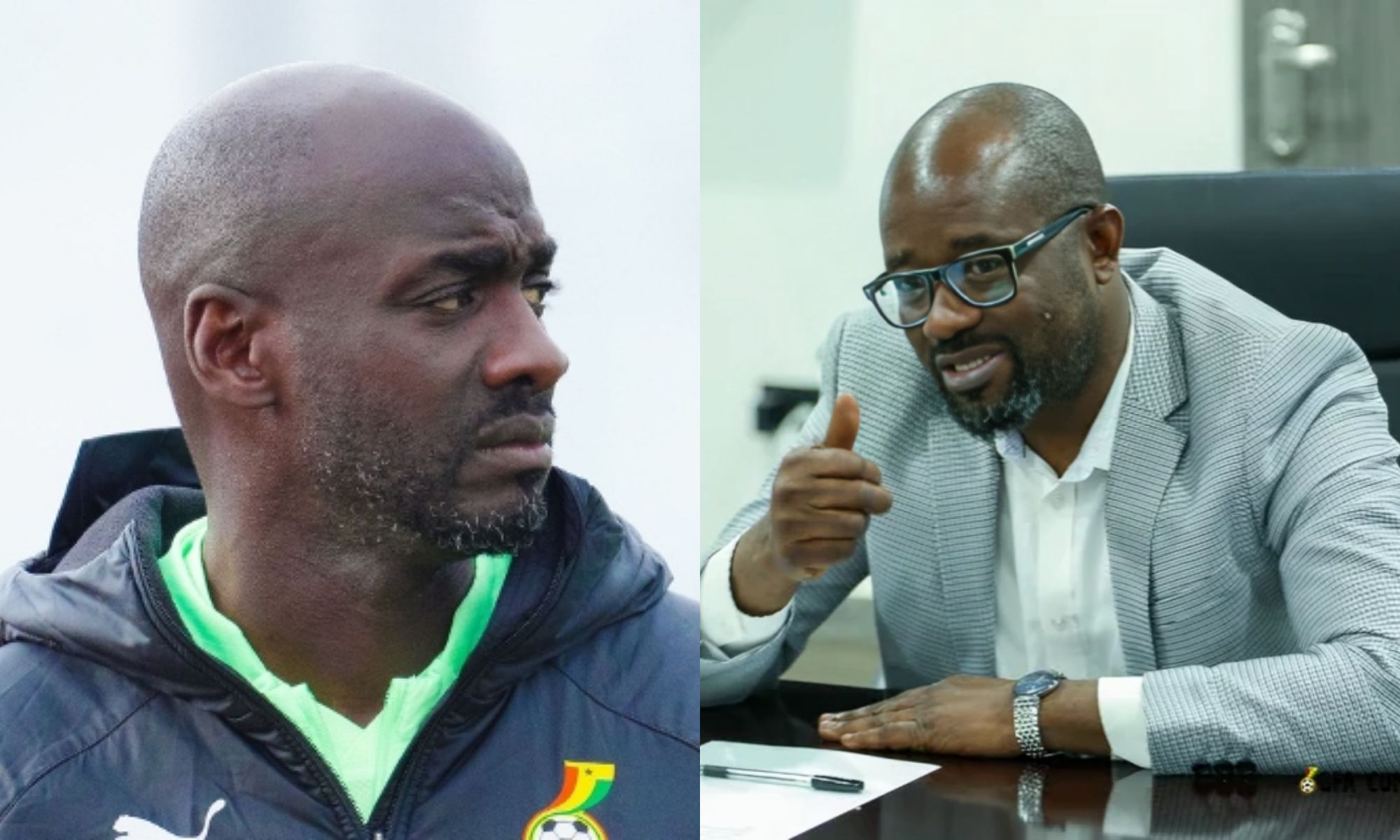

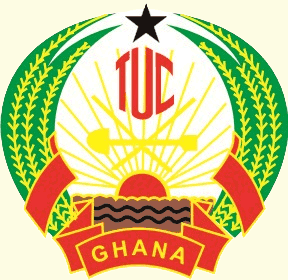

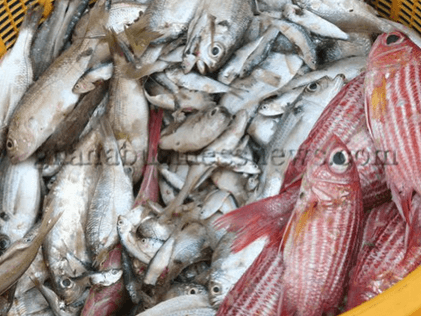
Facebook
Twitter
Pinterest
Instagram
Google+
YouTube
LinkedIn
RSS